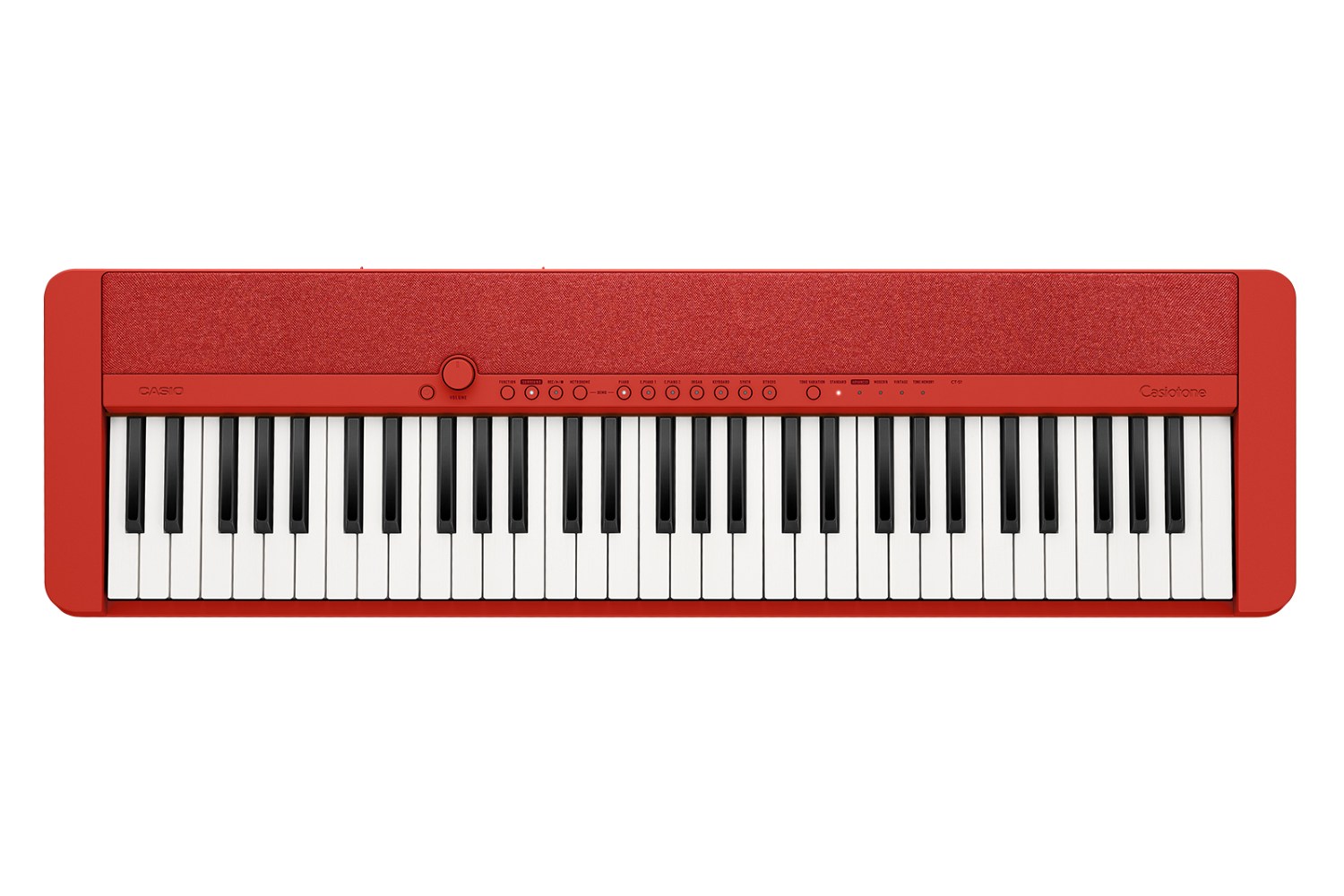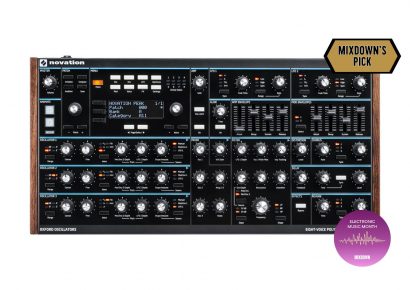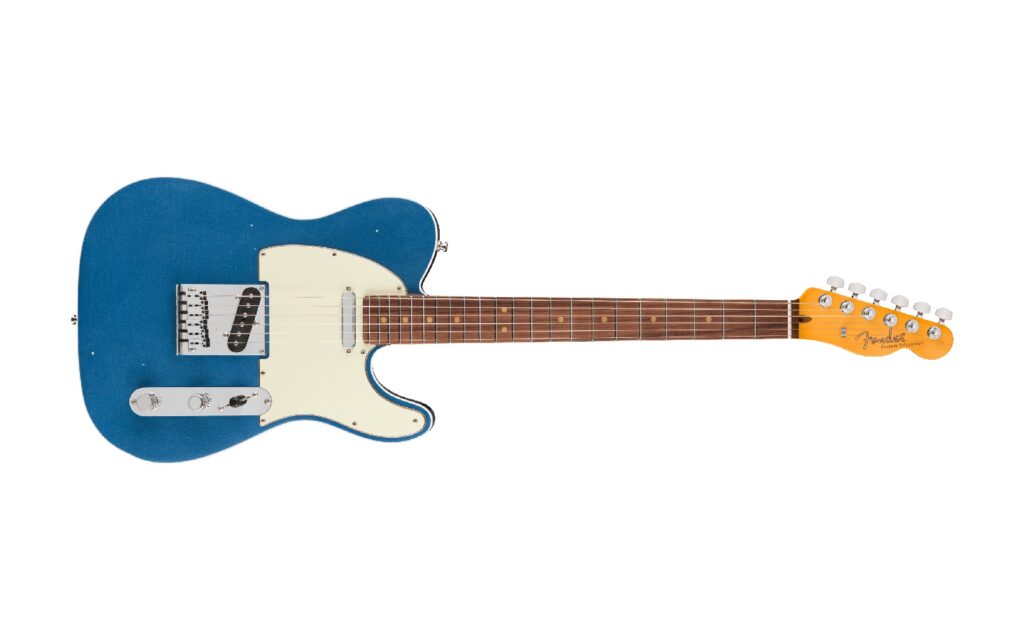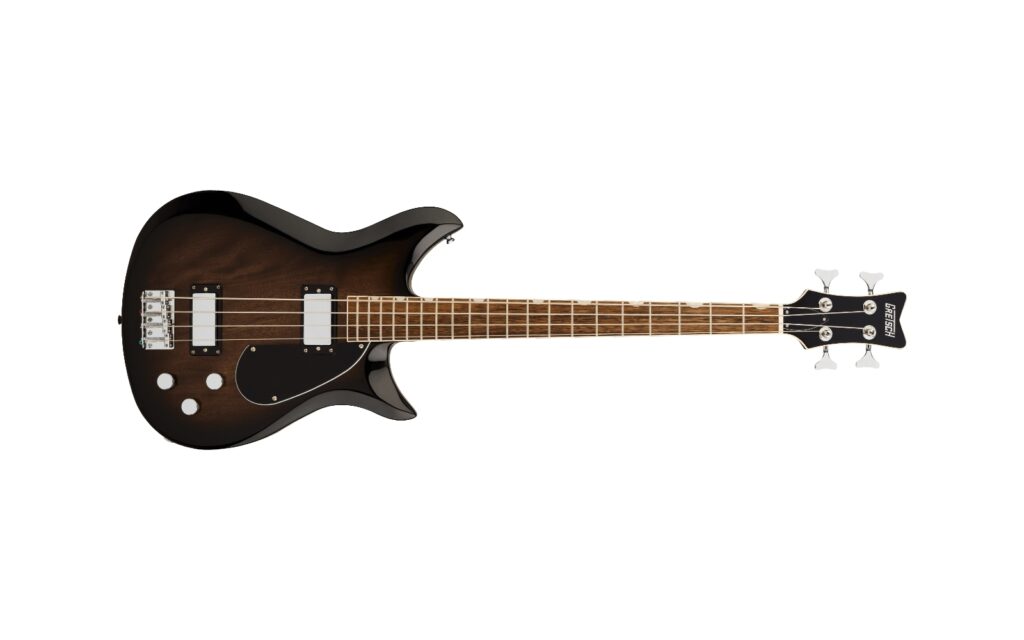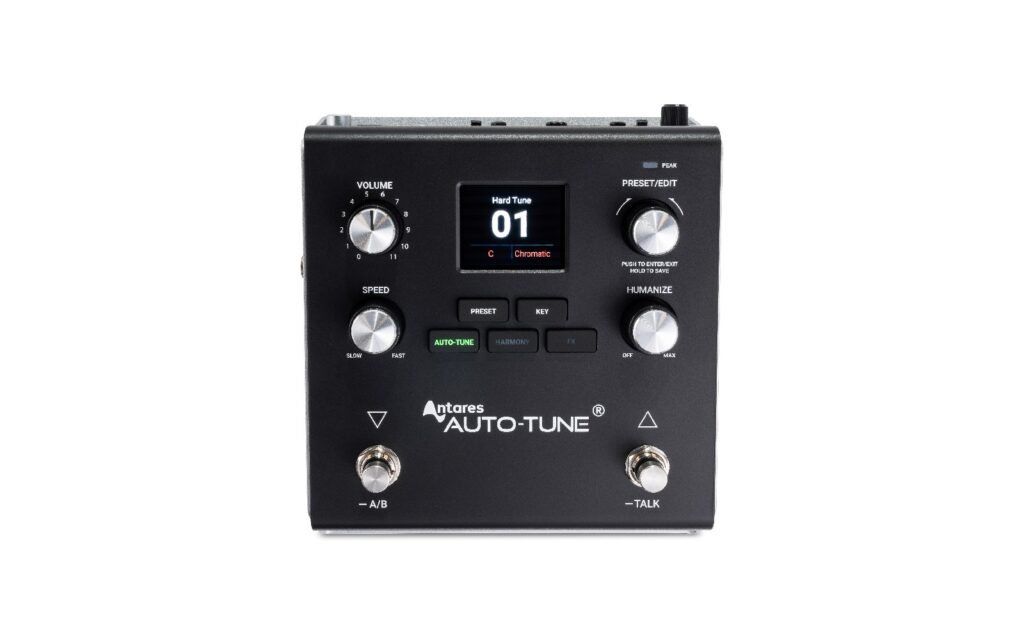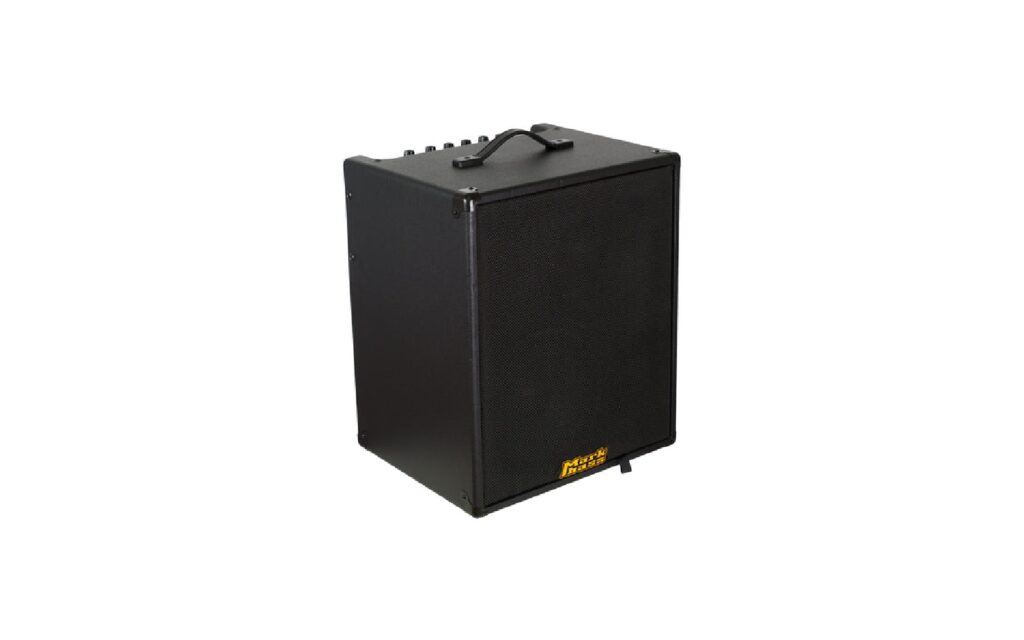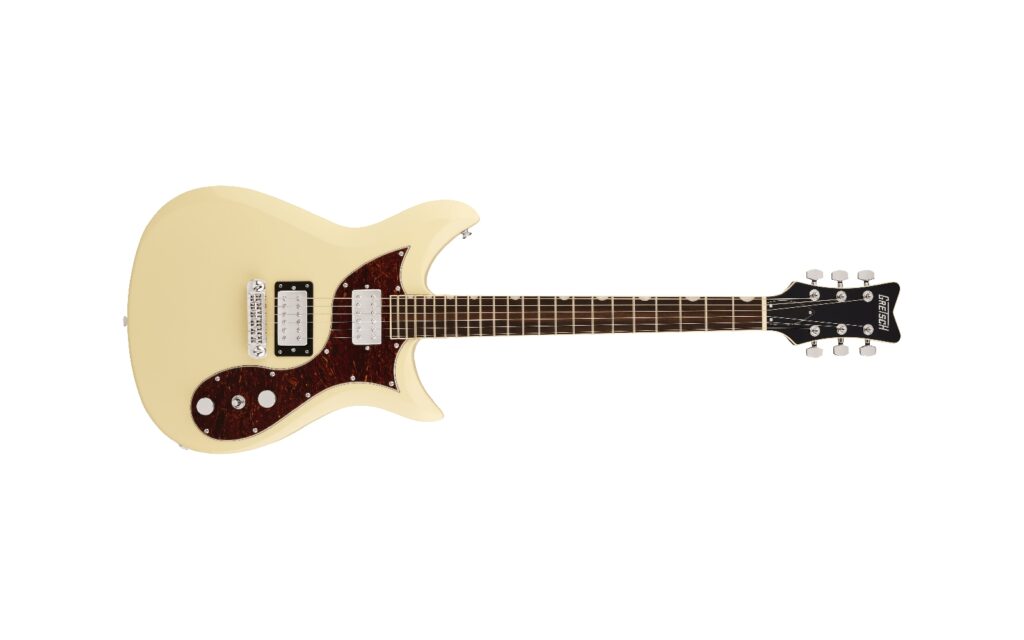Shriro Australia | RRP: $499.95
The name Casio is as synonymous with the portable keyboard just as it is with the calculator watch. Over the years we have seen a range of innovations brought forward in portable keyboards from the design team at Casio aimed at creating a better music making and a more engaging learning experience.
While many 61-note Casio keyboards are laden with all the bells and whistles to engage a new user, the Casiotone CT-S1 is a simplified and more elegant approach to a compact keyboard.
Read more product reviews here.
Let’s take a look at how this presents right out of the box. The CT-S1 is housed in a slimline casing that is not dissimilar to many 88-note digital pianos, but it doesn’t have the note count, length, or weight of one. With fully-housed keys that look like a proper piano key and not just a tab of plastic, it certainly looks the part. But, as suggested, you don’t have a piano style hammer action to the keys, with that soft spring tension of a Casio beginner keyboard allowing you to feel some resistance, but not having to force your playing as you are learning. This also isn’t overloaded with bells and whistles, but it still has a good array of functions that make it more than just a piano.
There are 61 built-in sounds, even though the limited number of buttons of the front panel may not suggest that. The design has been kept clear and uncluttered, while still housing a good array of options. On top of this selection of sounds there are a number of reverb options, plus chorus, EQ, and delay to allow you to find a sound that will work with what you’re wanting to play.
Naturally, there is a built-in metronome to help you keep time and even a selection of rhythm tracks if you want something with a little more movement to play along to. There is also a small selection of songs programmed into the CT-S1, but if you really want a play along experience, then you’ll want to take note of what the rear panel has to offer.
Included on CT-S1 are a number of connections to better bring the musical experience to life. A headphone jack allows the speakers to be silenced so you can practise silently in any environment. But, if you want to make the most of the built-in speaker system, an audio input is supplied on a 3.5mm stereo jack. This allows you to connect any device with an analogue audio output to your CT-S1 and have it play through the speakers. You can use this function to play along with your favourite songs, or simply skip piano practise for the day and listen to someone else’s music for nothing short of your own enjoyment!
Now, for a seemingly simple front panel there is a lot going on with the CT-S1, but Casio have stopped there with the addition of their Music Space app which makes learning to play your Casiotone a more interactive experience than the old Dozen-A-Day book could ever offer. This app is a free download for both Android and iOS devices.
USB connectivity on the rear of the CT-S1 allows for interaction with the app. With the optional WU-BT10 USB audio and MIDI dongle, a new release from Casio, you can get even more from your CT-S1 combined with your mobile device. With these additional extras, there is so much more to discover in your music making journey than what you get in the keyboard itself.
Now, the Casiotone wouldn’t be a truly portable keyboard if it didn’t allow operation with batteries, and as expected on this style of instrument, that is of course an option. You can take your Casio with you anywhere and get creative without being limited to finding a power source. And given that the unit weighs only four and a half kilograms before you load it up with batteries, it is easy enough to take it just about anywhere you like. When in use at home, the included power supply allows you to operate for as long as you like without being concerned about battery consumption.
And, when you hear the new speaker design that has been implemented in the CT-S1, you’ll want to turn it up and draw as much power as possible. The top panel appears to have a long speaker bar running across most of the unit. But this cloth grill is mostly there for aesthetics as the speakers are just housed in the outer two portions of the panel. That said, the 13cm-wide oval speakers move a good amount of air for their size. With a very modest 2.5 watts per side, the CT-S1 reminds us that wattage is not a true representation of actual volume. The efficiency of a speaker and the output transformers goes a long way to how loud a low-wattage speaker can actually be. So, don’t let the specifications fool you into thinking you’re not going to hear your music. It’s all there and ready to be heard.
Of course, not everyone wants the boring, yet sleek, black housing around the black and white keys. Let’s face it, there’s nothing new in that concept and it does look a little too formal at times. Casio are letting the users have a little fun in choosing a colour to liven up the appearance of the keyboard. The Casiotone CT-S1 comes in three options to suit your style. With the traditional black and white combo, there is an all-white model so you can feel like you’re in a wedding band every time to practise, or the red option we review here for those who want to relive an ’80s electropop journey. With all three, you get the same feature sets, but a very different attitude to how you enjoy your time at the keys. The only question left is, which colour will you bring to life?
Head to Casio for more information. For local enquiries, reach out to Shriro Australia.
